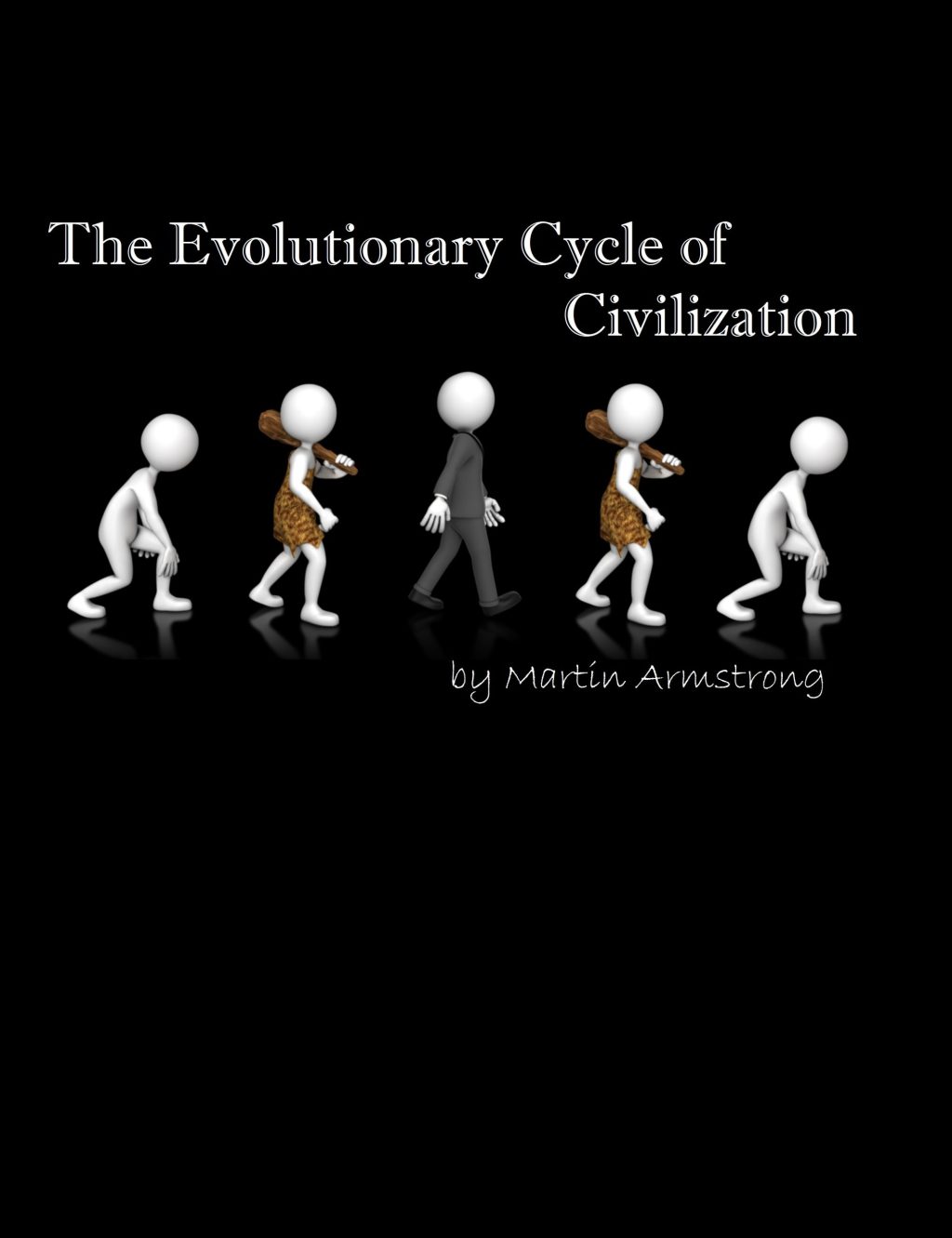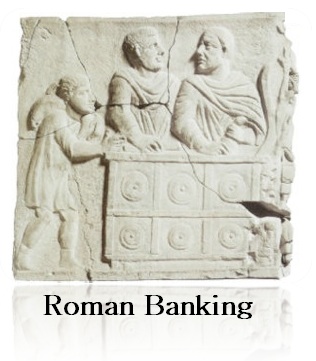Everyone has heard that the diamond industry is a monopoly controlled by the De Beers Family of Companies. That perception has been the standard response because they in fact had such a monopoly beginning in the mid-1800s. That actually came to an end in 2000. There has never been a commodity exchange for diamonds largely because of this monopoly status and the fact that diamonds vary so greatly in quality.
De Beers controlled the supply of diamonds in an effort to control prices. After 2000, the monopoly collapsed. However, the diamond industry is still considered a “oligopoly,” with a few companies still controlling the supply of most of the diamonds available. The lack of standardization is perhaps the primary reason diamonds are still not traded on an exchange, which does make it much more difficult to use them as money for that does hurt an item’s liquidity. The producers like to escape from price volatility, but that does not alter the cycle with respect to demand.
Yet diamonds still have something the precious metals do not. They do not set off metal detectors and you can wear a $100,000 diamond without a problem. Nonetheless, unlike gold or silver, diamonds vary significantly from one stone to the next and that makes them difficult for simply using as money. With variations in carats, cuts, and charities, it would be difficult to standardize a product for the purpose of being traded on an exchange has been the main argument. However, it could be done, if the producers and buyers really desired. Bond Dealers deliver various issues against a futures contract and there are real estate contracts that are just as complex lacking standardization.
The derivatives market often does not actually take delivery of a physical commodity. This arrangement is highly suitable for a diamond contract if the industry supported it. The role of the commodity markets is to allow producers and users a method to hedge price risk. But this also broadens a market and expands liquidity. There are plenty of stores offering to buy gold for they sell it to a central buyer who refines it and sells it into the market. He can do so locking in his price to ensure his profit selling the risk to investors.
Commodity producers and consumers normally use exchange traded commodities to lock in prices of items they will bring to market or purchase from the market at some point in the future. Commodities that are popular among hedgers, include, the agricultural commodities as well as livestock and the various metals and energy markets with financial markets taking the bulk of trading these days in bonds and shares. It is this formation of an exchange supported by producers and consumers with speculators and investors buying and selling the risk that creates a marketplace and liquidity. Without the requirement of taking delivery of the physical commodity, risk can be bought and sold between the four types of players giving depth to the marketplace. The purpose of such exchanges has often distorted as just “paper contract” and that somehow distorts the commodity value. In truth, without such a market there would be no stores buying gold from the public if they could not resell the scrap gold at some guaranteed price.
Diamonds are ripe for the creation of a market and to expand liquidity, that will have to take place. So why has it not happened? There have been numerous attempts in the past to create such a market. Some argue diamonds are not a real commodity for they lack a utility value. The same can be said of gold. Both are commodities based solely upon their aesthetic value dependent upon human desirability. Diamonds and gold are unlike most other commodities, for they are rarely used in any industrial process, while their biggest use comes in the production of jewelry. The argument has been that besides jewelry manufacturers, what types of hedgers would even want to lock in prices of diamonds? The only way to expand the market is to institutionalize it. Speculators will then look to benefit the most from a diamond derivative, as they would have an opportunity to trade diamonds without physically “trading” them. But this will expand the liquidity and help diamonds become a more common store of value for the new age of metal detectors.
To use diamonds right now, you either have to go with standard grades for jewelry, or you need the investment grade with certification. It is either low-end or the top end. Anything in between is susceptible to serious problems at resale.











